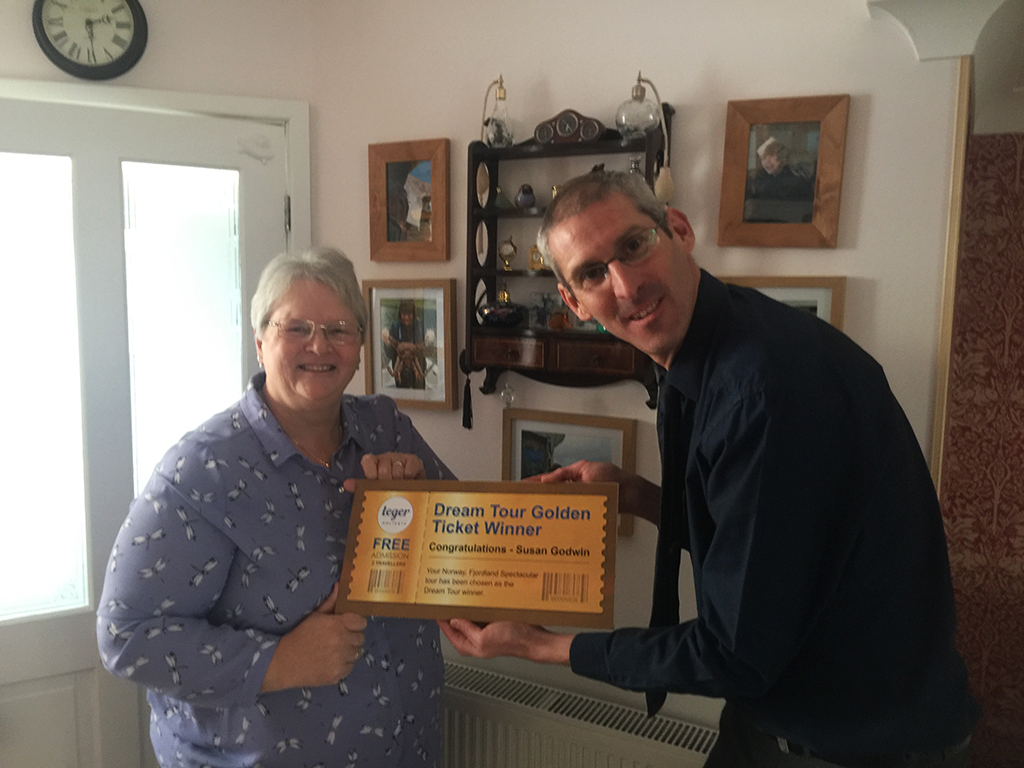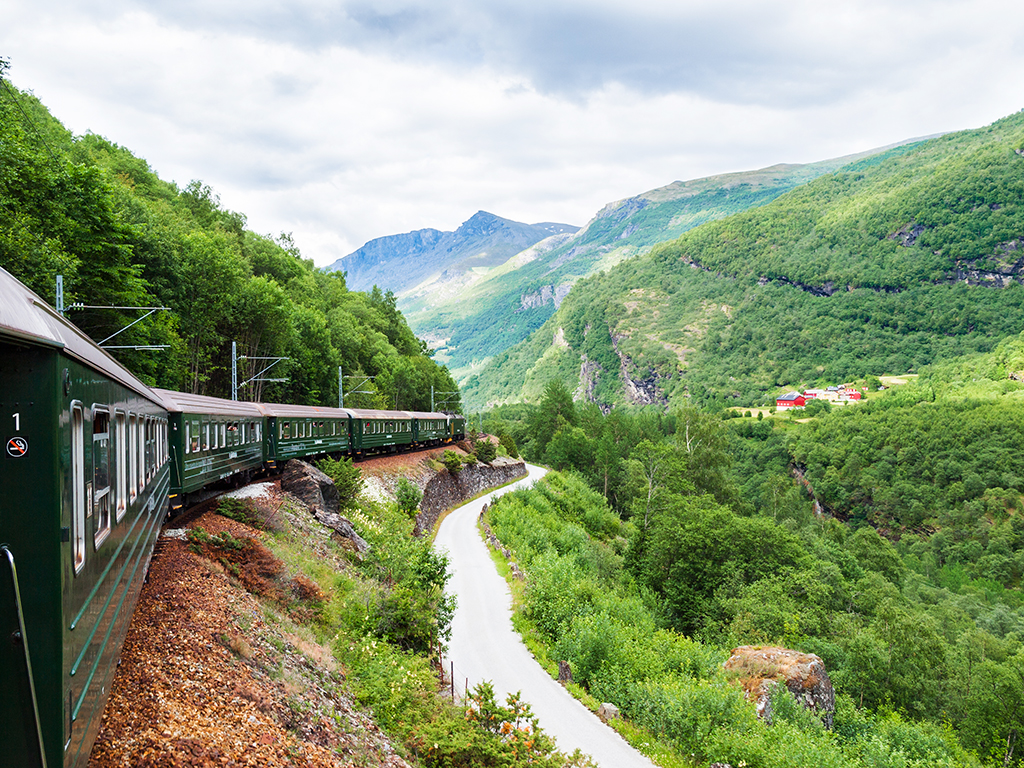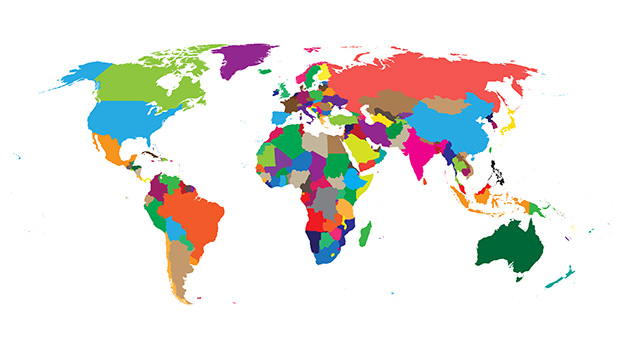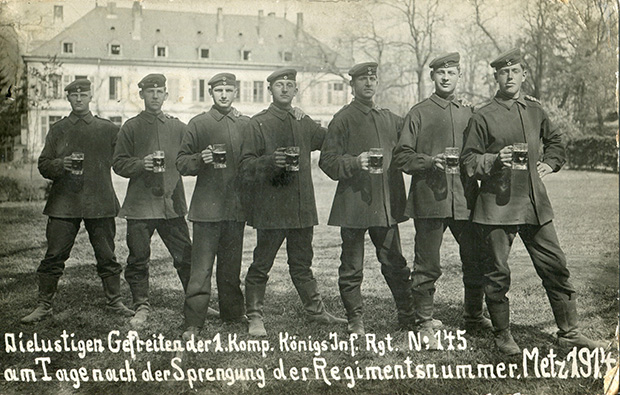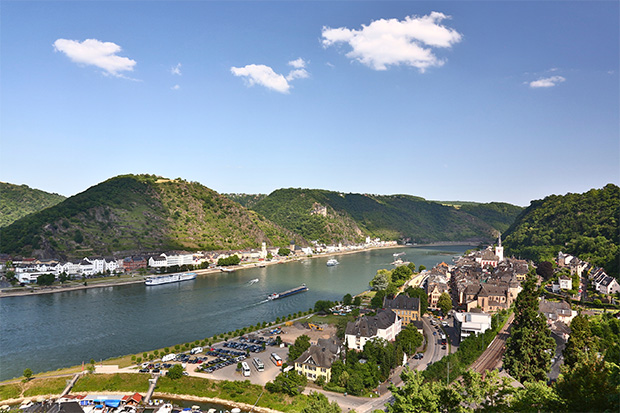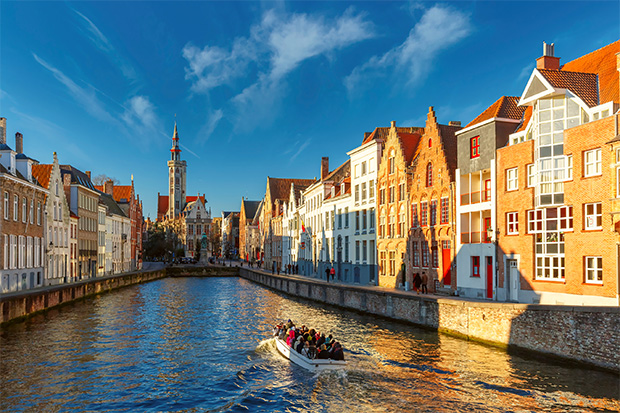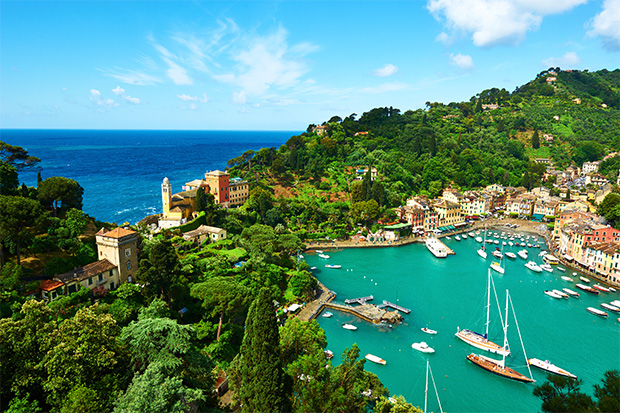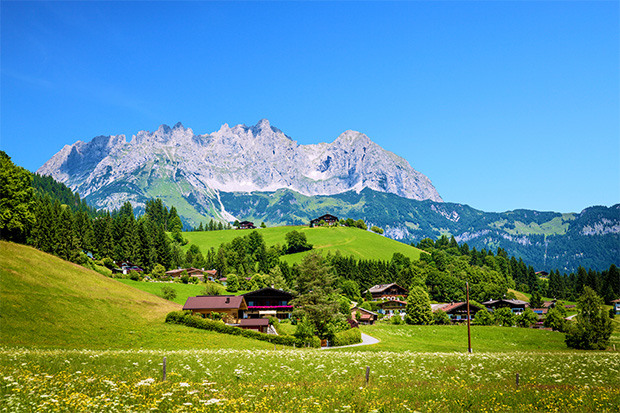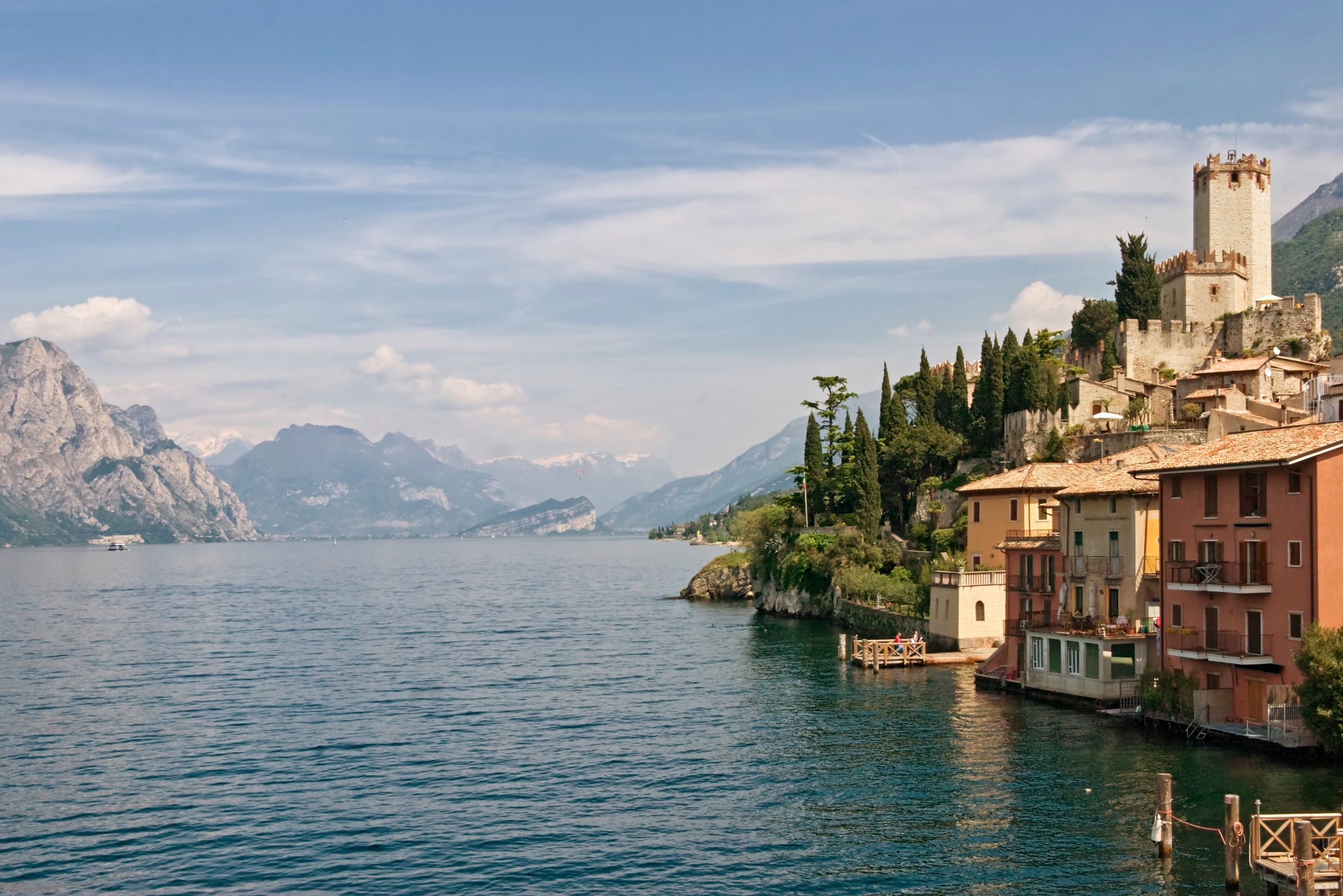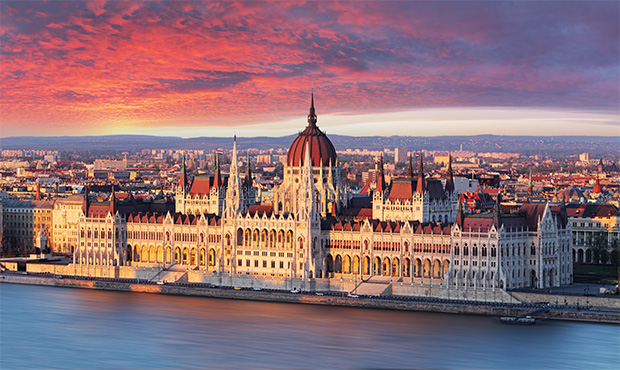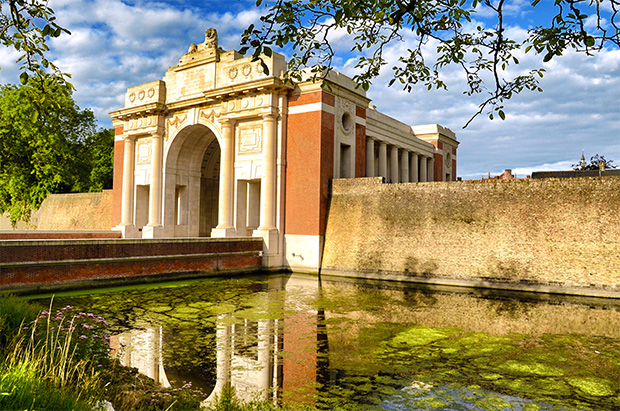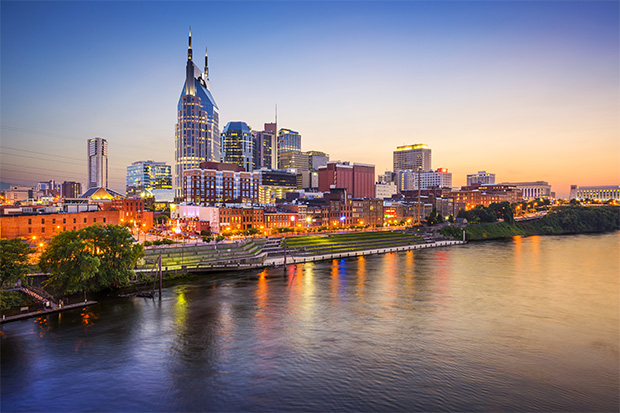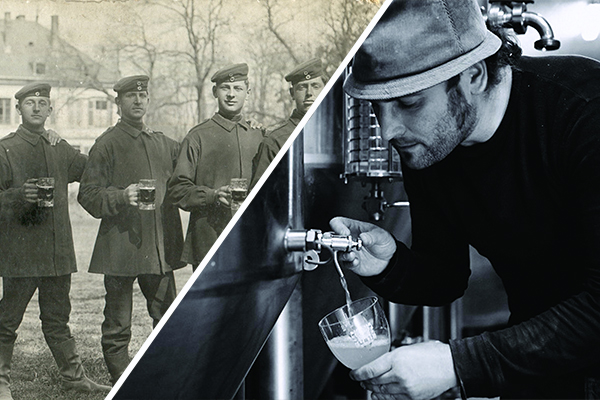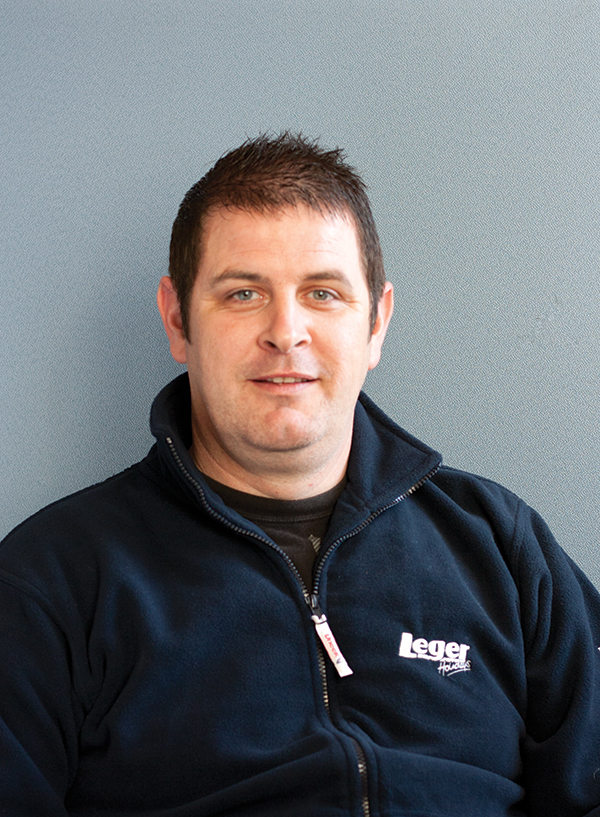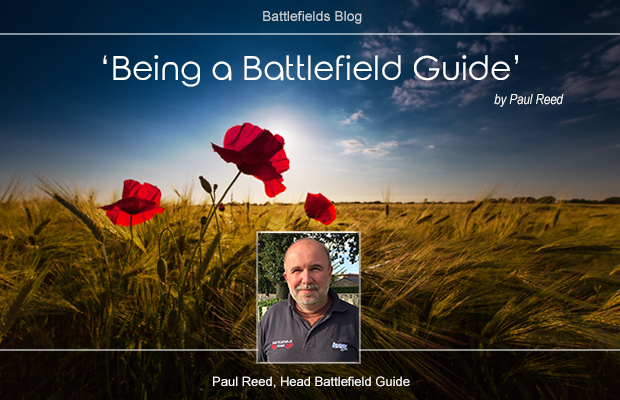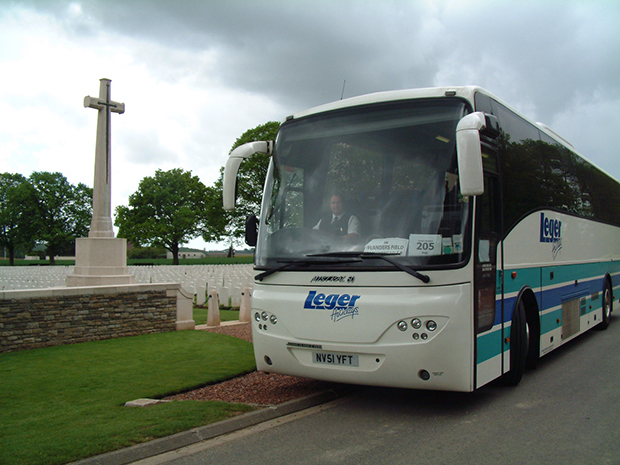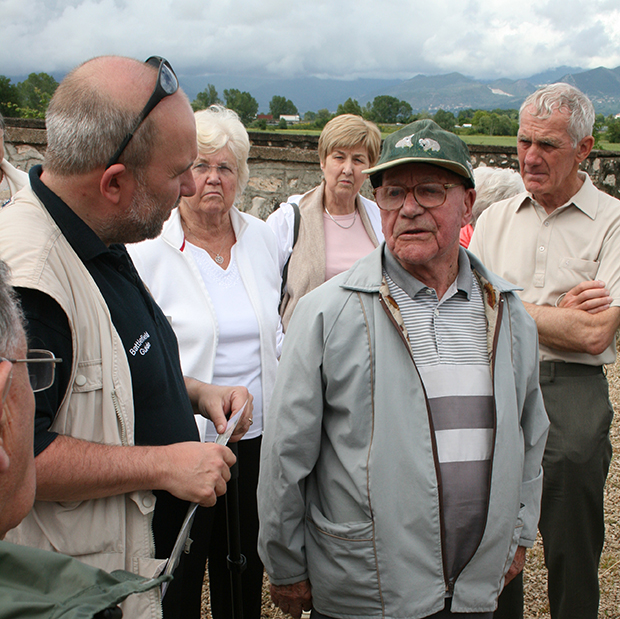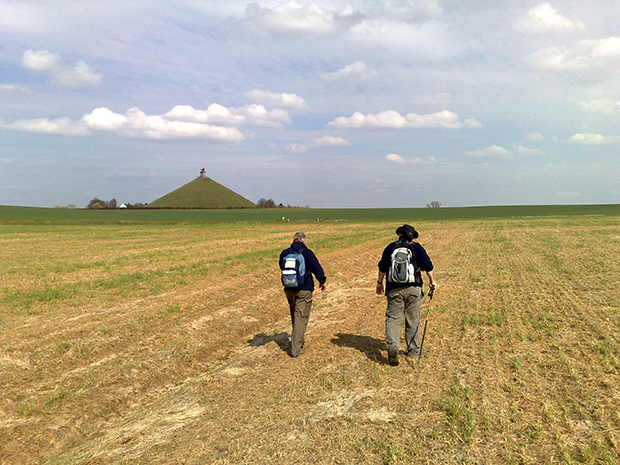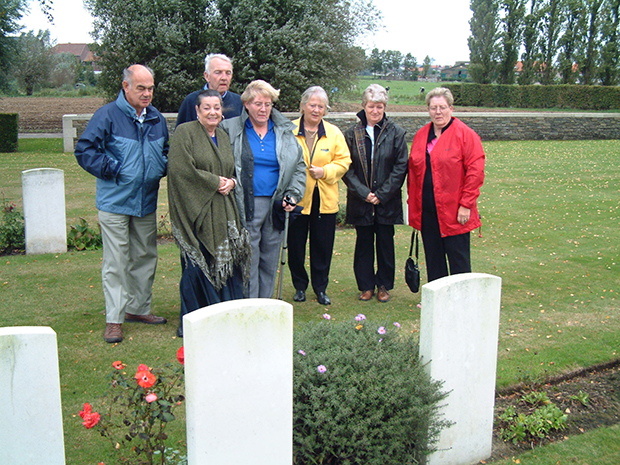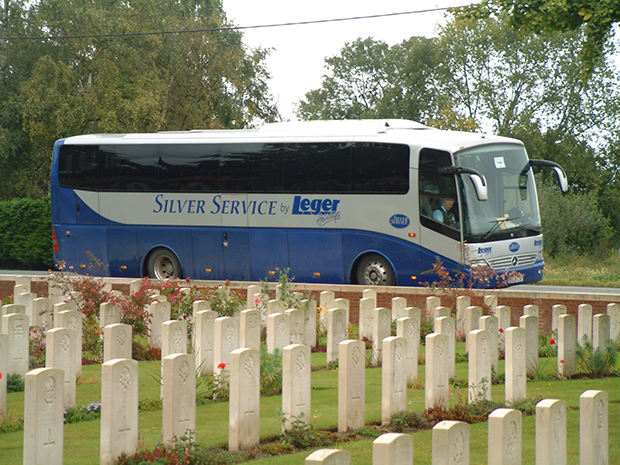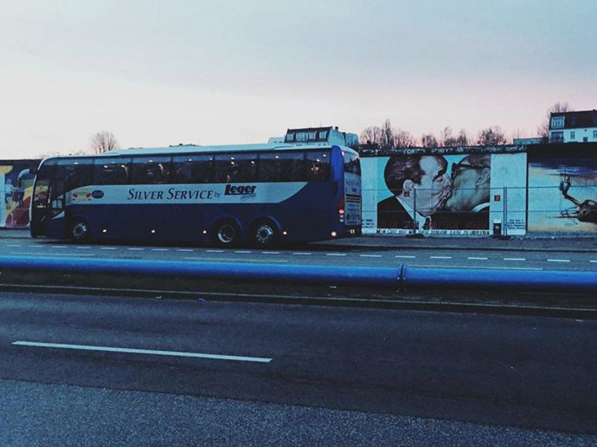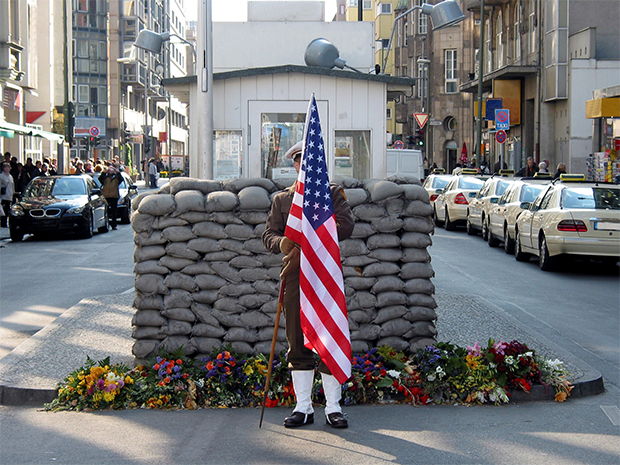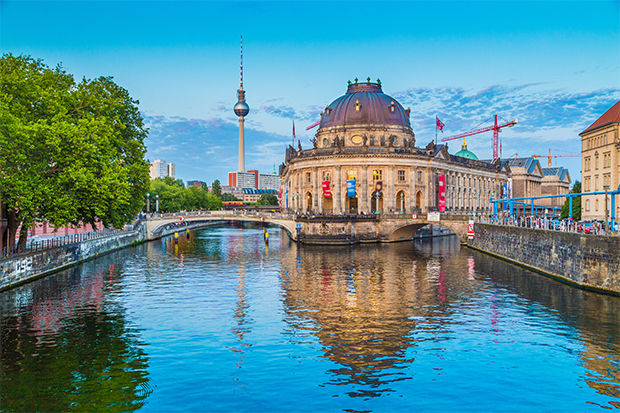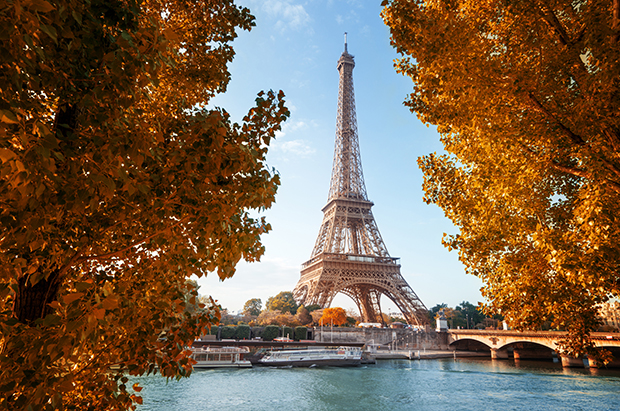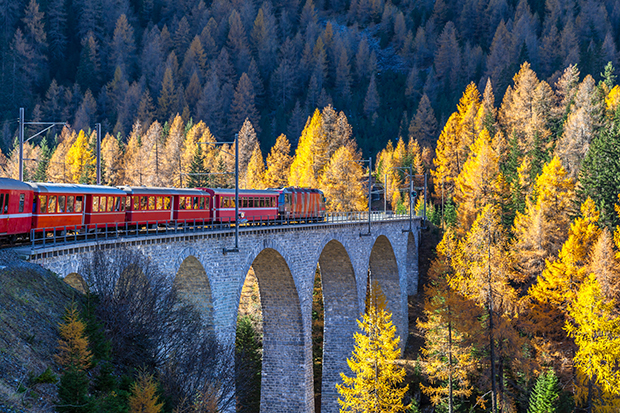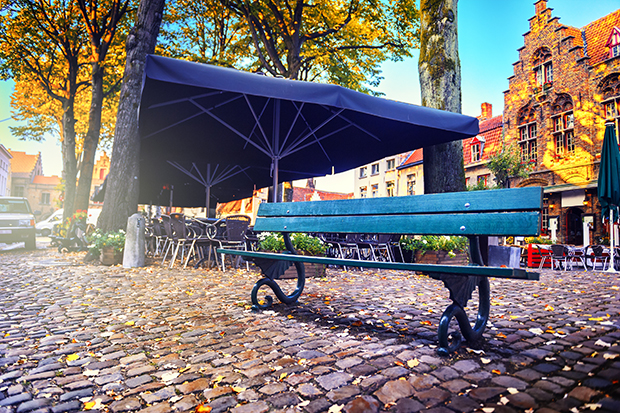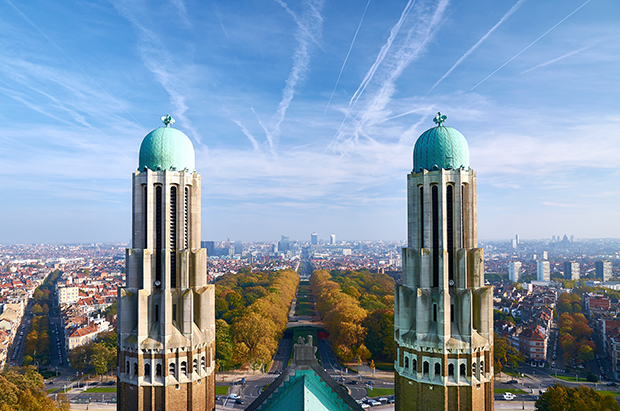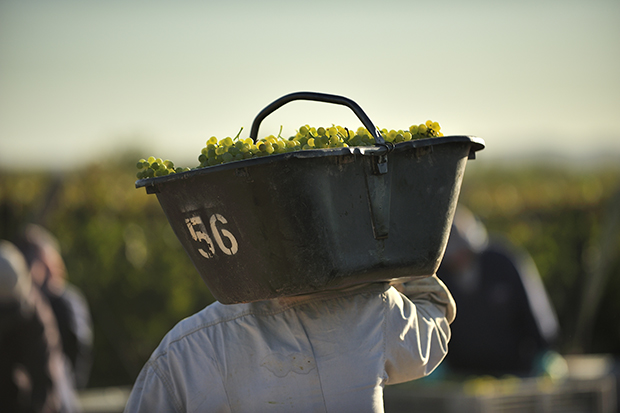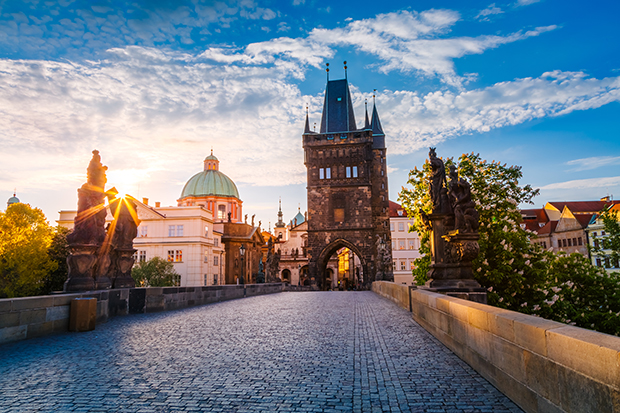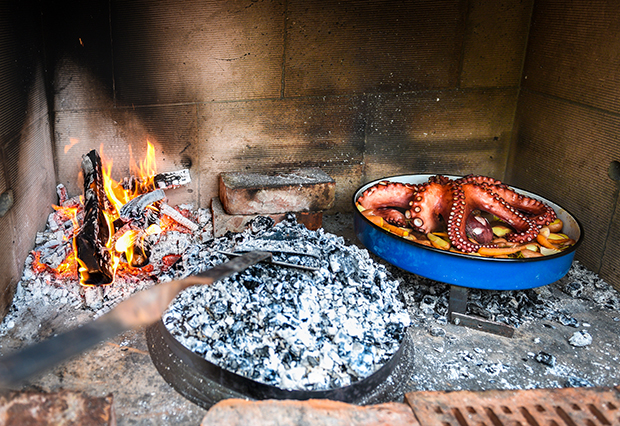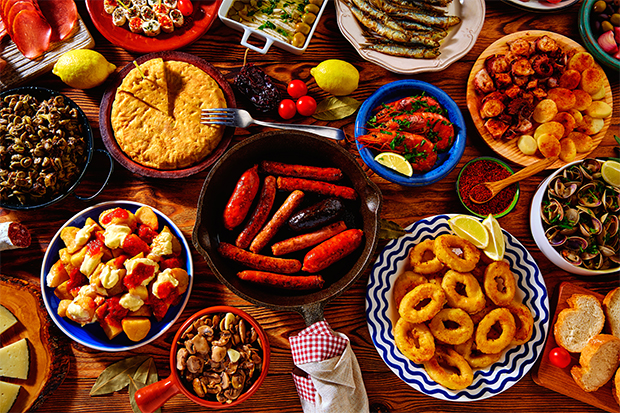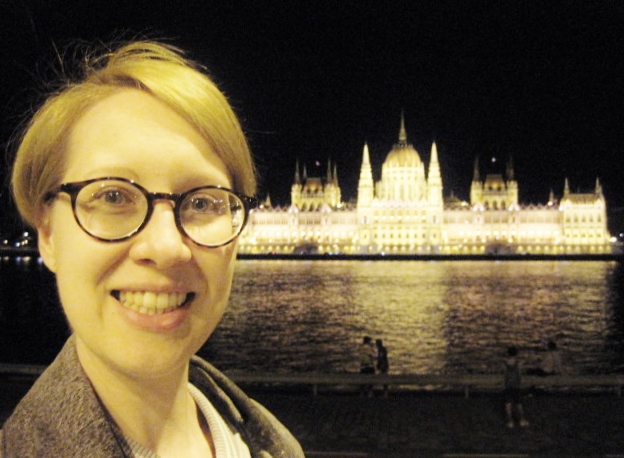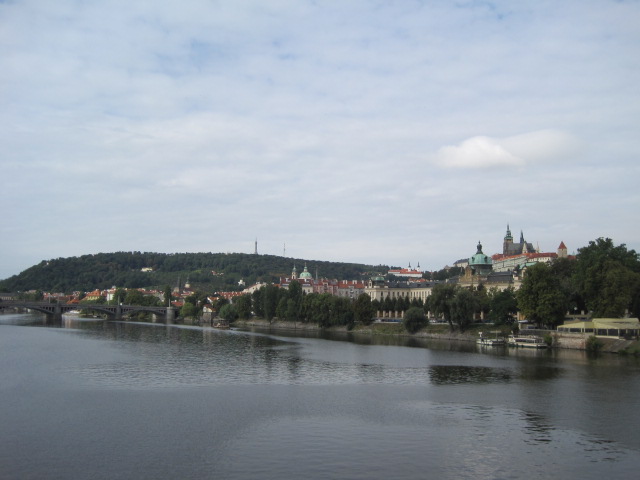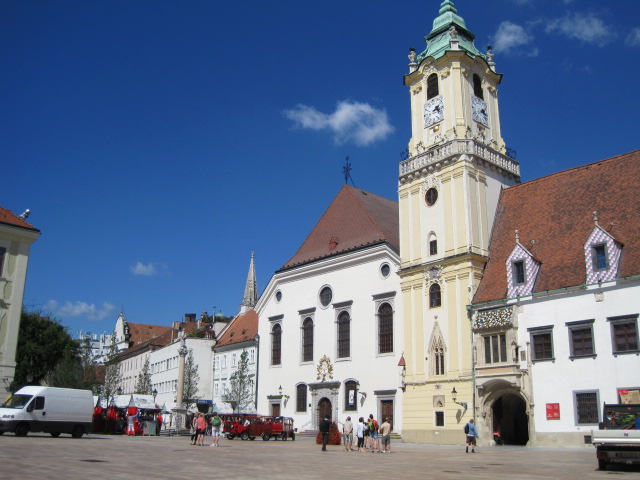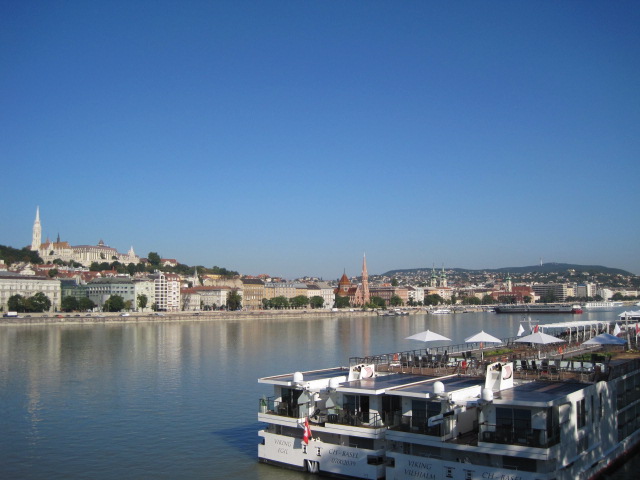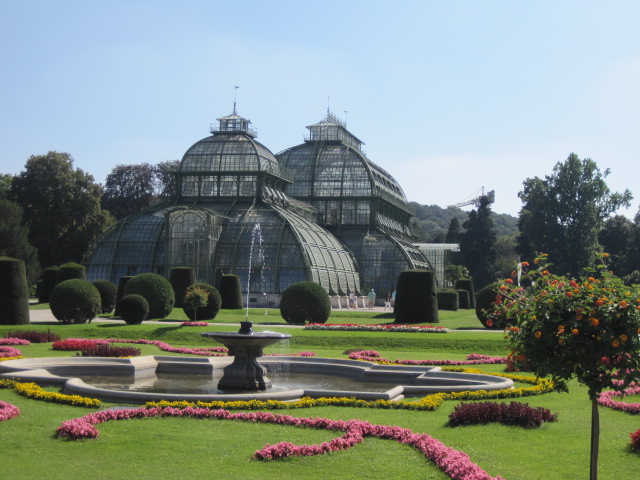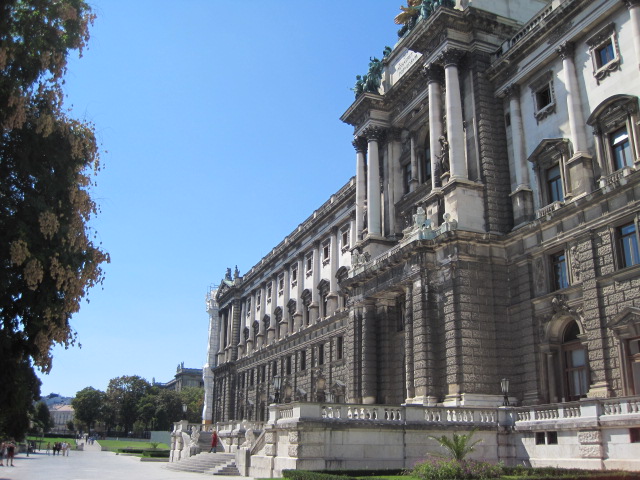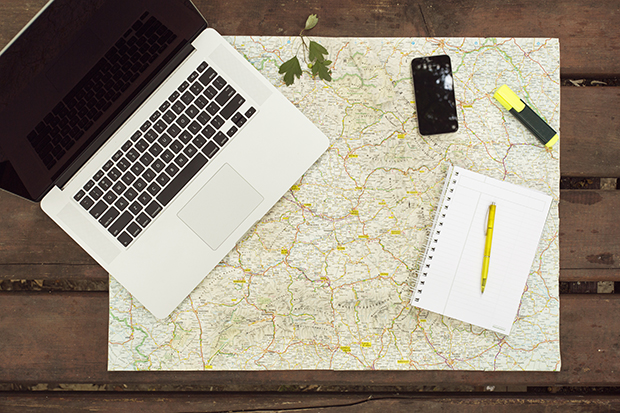Have you ever watched a film or TV show and felt so engrossed in the setting that you wanted to pack your suitcase there and then, and set out on your own action packed adventure?
Well, what if we were to tell you that some of the most famous movie locations are right on our door step, here in Europe, and you could visit some of the world’s most famous, real life movie sets, on one of our tours? You better believe it! Take a look at some of our favourite film and TV locations we love to visit.
Prague – Casino Royale

We begin with Prague, which has a long list of movie location credentials, and it’s no surprise that directors and producers alike have chosen to shoot some of the most famous silver screen scenes here.
The capital city of the Czech Republic boasts some pretty amazing architecture, which provides the perfect back drop for any action movie, which brings us to one of the most famous action heroes of all time…Bond, James Bond.
Since the release of the 2006 movie, Casino Royale, Prague has become popular with Bond fans from all over the world, with many visiting the city in order to take snaps in the famous locations.
Some locations in Prague even doubled for scenes in Venice and Miami! The Czech National Museum was used as the setting for the Venetian hotel, and both Prague Ruzyne Airport and the Ministry of Transport, which are both portrayed as locations in Miami. However, the opening scene for the film was actually set and filmed in Prague at The Danube House, which tell us the story of how Bond gained his Double O status.
Salzburg – The Sound of Music
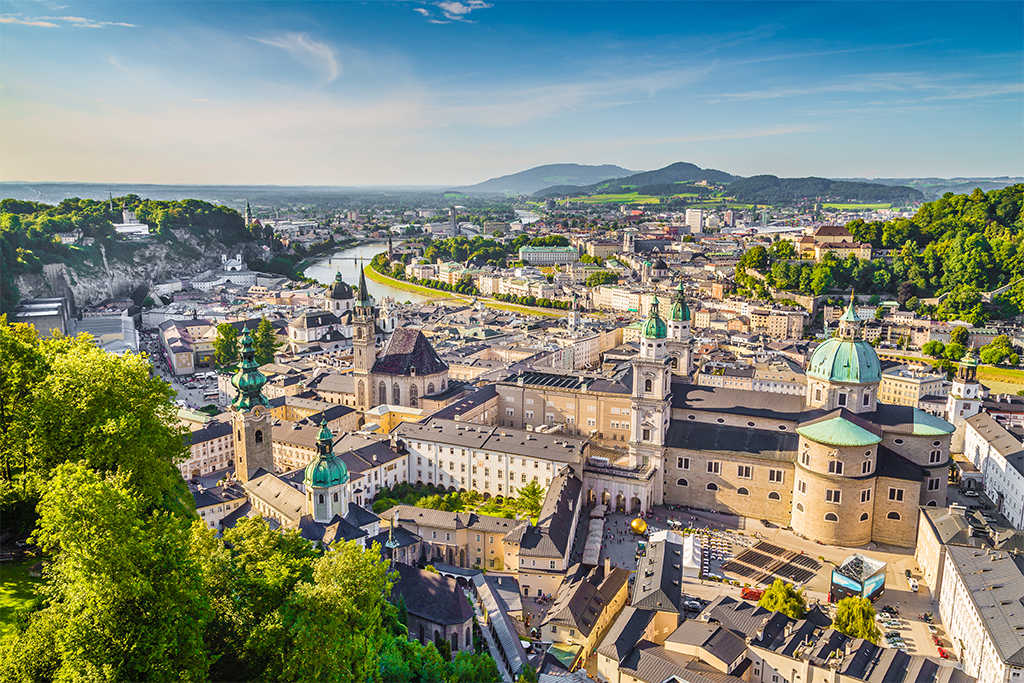
Home to the Vonn Trapp family, the fairy tale city of Salzburg is a must do in its own right. However, it has become renowned for its Sound of Music tours, with fans of this heart-warming story flocking from near and far to walk in the footsteps of Julie Andrews.
Salzburg is home to many wonderful sites, so it’s no wonder the director of the 1965 Oscar winning musical chose to shoot as many of the scenes as he could in the city itself. With an abundance of movie scenes to visit, such as the Do-Re-Mi fountain, why not take a look at our very own Austria, Sound of Music tour?
Taormina – The Godfather
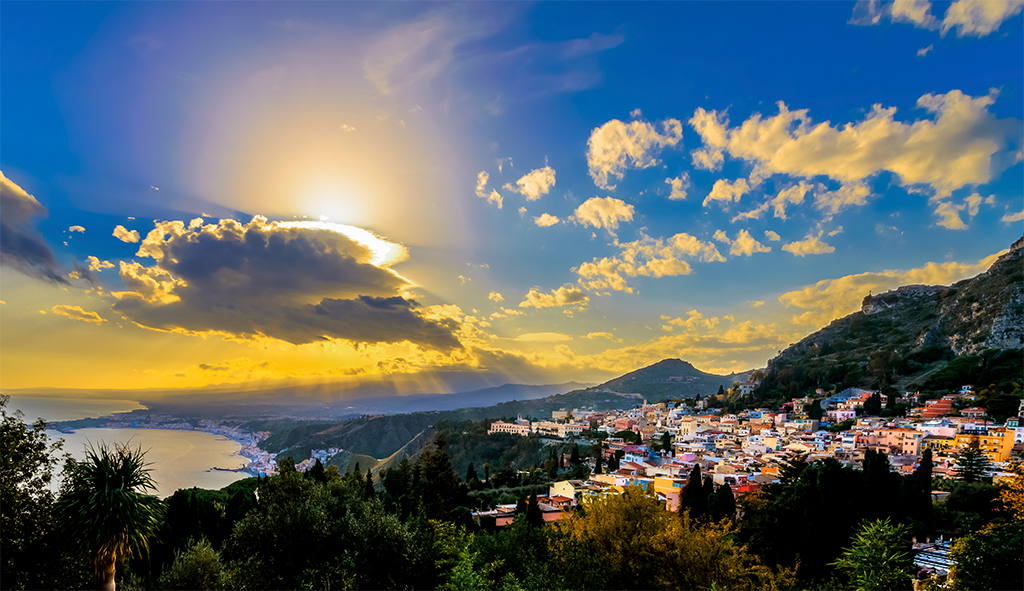
Ah Sicily, home to one of the most notorious families of all time, the Carleone family, from the hit crime series, The Godfather.
Based on Mario Puzo’s bestselling novel, which was inspired by real life events carried out by the Sicilian Mafia, there was really nowhere else for the typically Italian scenes to be filmed but in Italy itself.
Aside from its claim to fame, Sicily is truly memorising and would be enjoyed by anyone, even if you’re not a fan of the hit crime series. However, if you are a Godfather fan, why not take a tour of some of the most iconic spots of the film? Our Treasures of Sicily tour dedicates a whole excursion to the Al Pacino classic.
Dubrovnik – Game of Thrones

Stepping away from the movies, we take a look at one of the most popular TV shows of the present day, Game of Thrones. With the seventh season just around the corner, over the past few years many fans of the show have been journeying to Croatia, in the hopes of catching a glimpse of the stars, in the real life’s ‘Kings Landing’. Or, as we know it, the old town, Dubrovnik.
That’s right, the medieval town offers the back drop for the southern city in this make believe world of fire and ice, and we can see just why it was chosen. The UNESCO world heritage site is filled with wonders and the ancient stone walls of the city really give it that enchanting feel. And whilst you’re certainly not going to catch a glimpse of any dragons, who knows, you may brush shoulders with one of the shows many stars, making Dubrovnik a must visit for any GOT fan.
Verona – Letters to Juliette
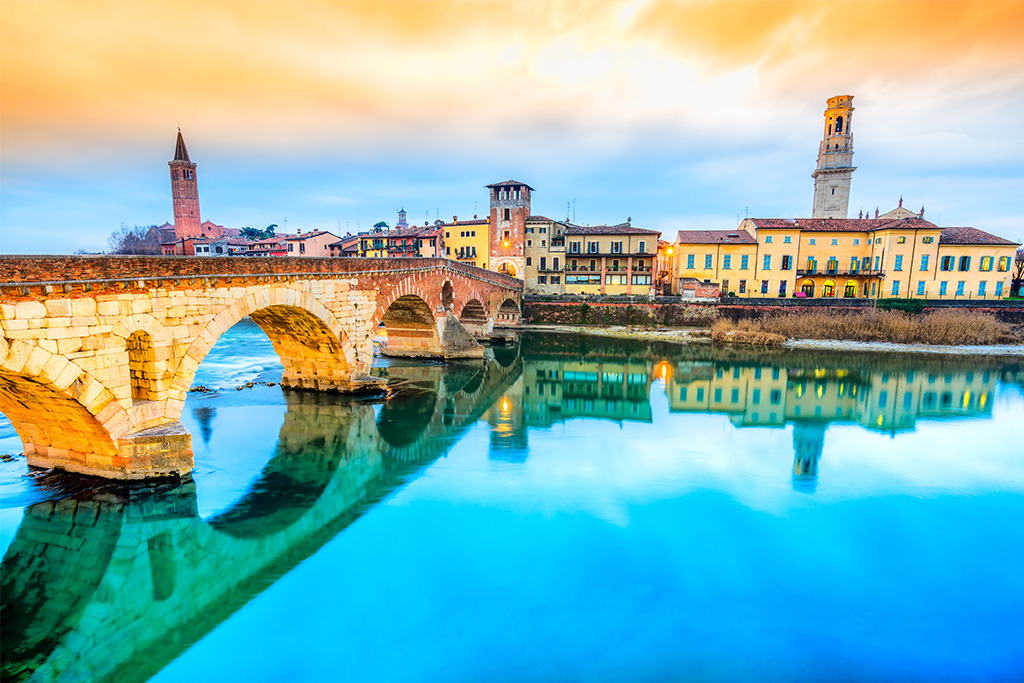
This gorgeous romantic comedy, gives you a real sense of the passion of Italy. Set and mostly filmed in Verona, the film tells the story of a writer struggling to find her muse, until, among the sights, she ends up discovering the “Secretaries of Juliet”. The “Secretaries of Juliet” being a group of women in Verona, whom spend their days replying to letters left to Juliet for love advice.
There she discovers one that was written 50 years ago, which then leads to the main character, played by Amanda Seyfried, setting off on a quest to aid one woman whose story she has become engrossed in. It’s a truly beautiful film, with some truly gorgeous scenery, as the cast travel through the Italian countryside in the hopes of reuniting two lovers.
So, if you’re looking to set the scene for your own romantic tale, Italy, and namely Verona, is the perfect place for you.
Copenhagen – The Danish Girl

The streets of Copenhagen’s Old Town set the scene for this dramatic tale. Based on real life events, The Danish Girl, was an immediate success when it was released in cinemas a little over a year ago, and it’s no surprise when you see the Oscar nominated and Oscar winning performances of both Eddie Redmayne and Alicia Vikander.
But aside from the outstanding performances, the stunning scenery of Copenhagen is also Oscar worthy, from the cobbled waterfronts, to the curving and colourful streets of Nyhavn. It really is one for the bucket list!
Bruges – In Bruges
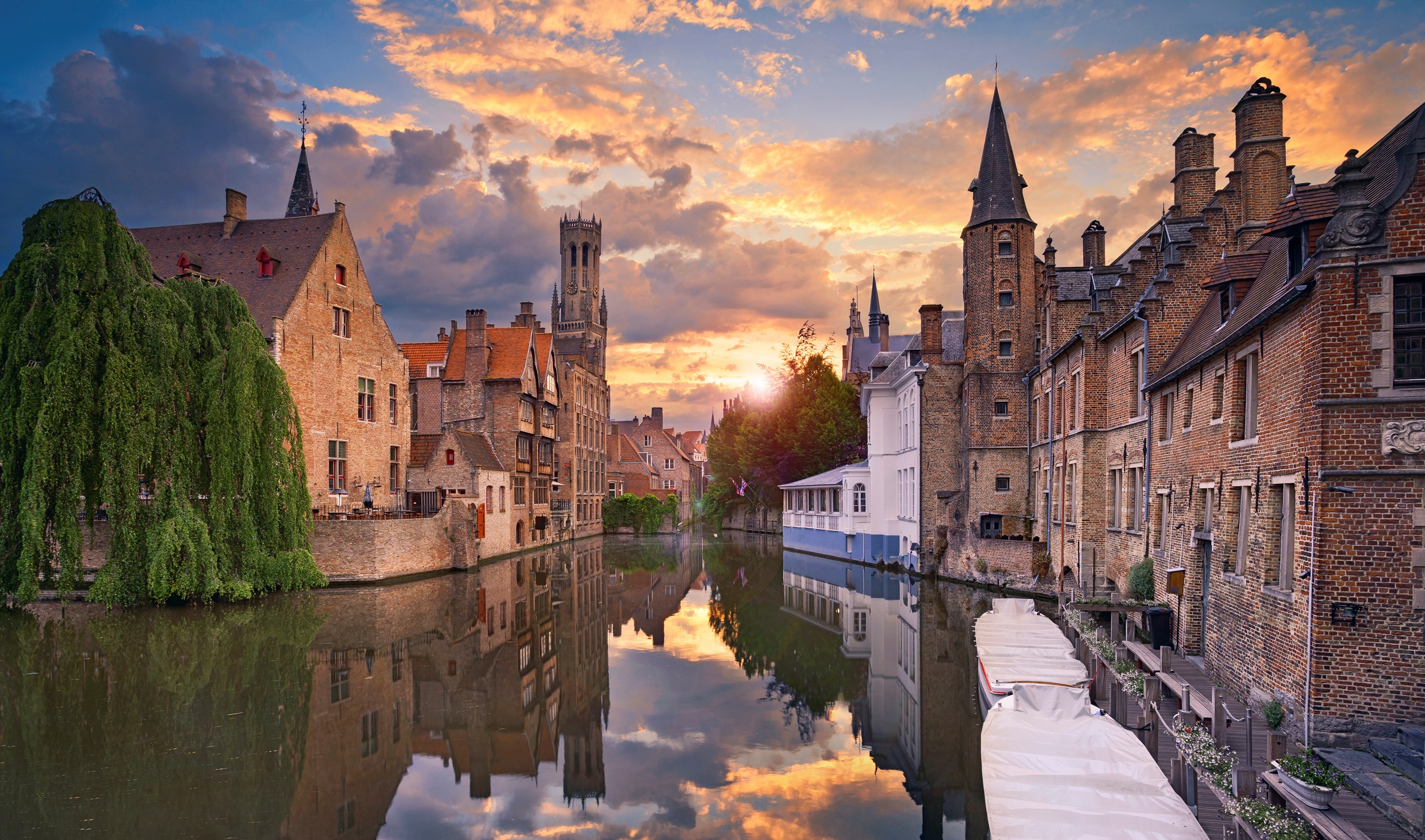
Although the 2008 film didn’t quite make the cut when it was released in cinemas, it soon became a cult classic. The film has the perfect mix of some brilliant comedy moments and an excellent script, but the real star of the show is Bruges itself.
The film follows two hit men who have been ousted to Bruges for making a mess of a job. Whilst there, the lead characters Ken (Brendan Gleeson) and Ray (Colin Farrell) take a tour of the town, visiting celebrated sites such as the Belfry and the Basilica of The Holy Blood, meaning there are probably few places that you can visit whilst there that weren’t key locations in the film.
It is the case that the movie made the medieval town so popular, that the Bruges tourist board even created a map dedicated to the dark comedy, so fans could make sure that they didn’t miss any of the famous sites whilst touring the town.
Rome – La Dolce Vita
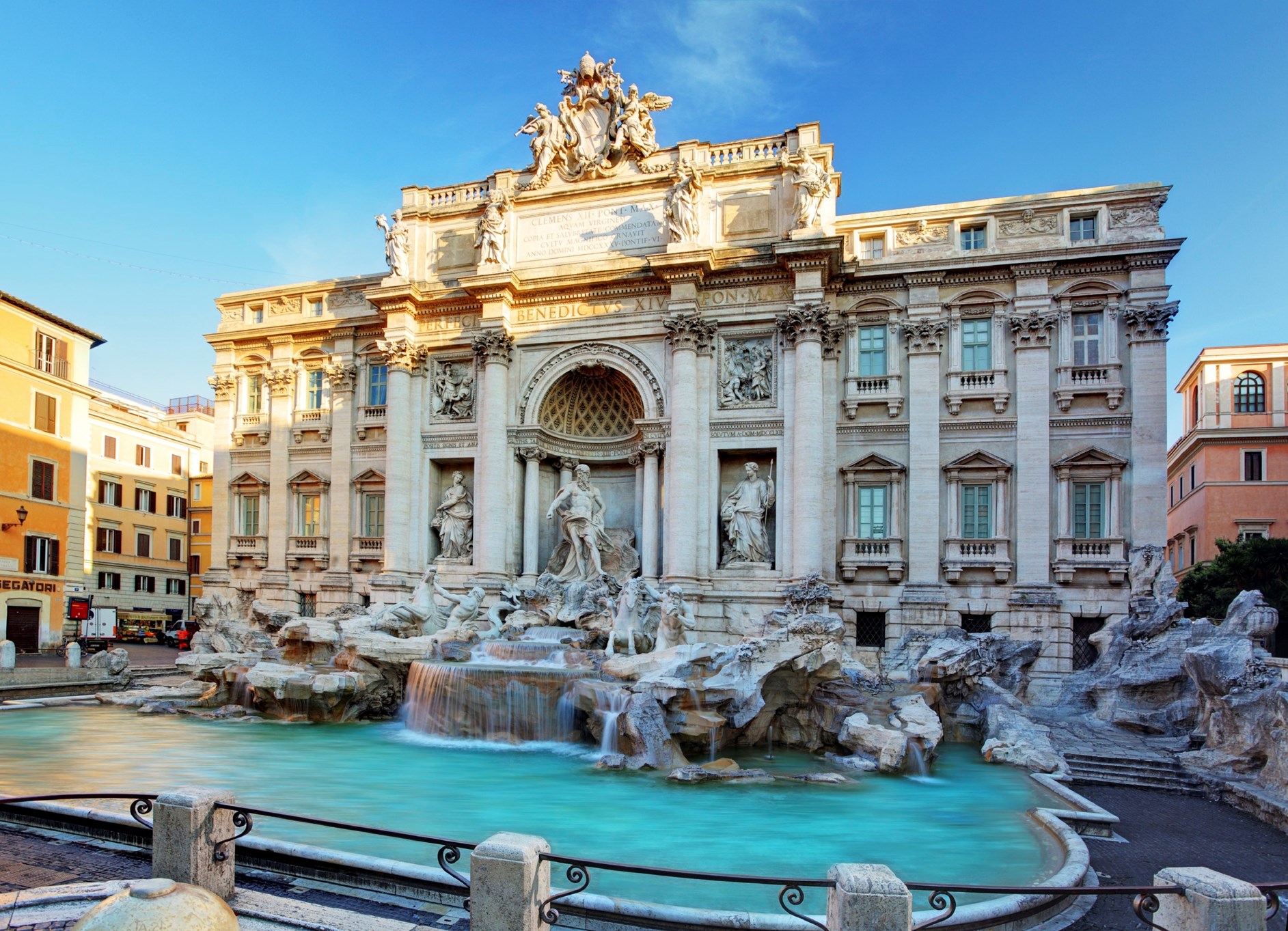
The classic black and white film follows a tabloid journalist called Marcello, whose life is torn between wanting to become an establish writer or continuing to publish profitable but meaningless magazine articles.
Set and filmed in the glamorous Roma, the film includes many of the ancient cities treasures, however the most famous scene in the film comes as Marcello meets the beautiful socialite Sylvia, played by the 1960s Swedish bombshell, Anita Ekberg.
As Marcello takes the star on a tour of Rome, we see her character plunge into the Trevi fountain in an all-black evening gown. The scene is mesmerizing, and so it’s no surprise that it attracted fans from around the globe, many of whom wanted to come and recreate the moonlight splash. However, as there’s a ‘strictly no bathing policy’ this is unfortunately not possible, but you can pay a visit to the spectacular monument and the beautiful city of Rome on one of our many tours.
If this blog has you in the mood to visit some of the most famous film and TV sets in Europe, why not star in your story on a Leger Holiday?


